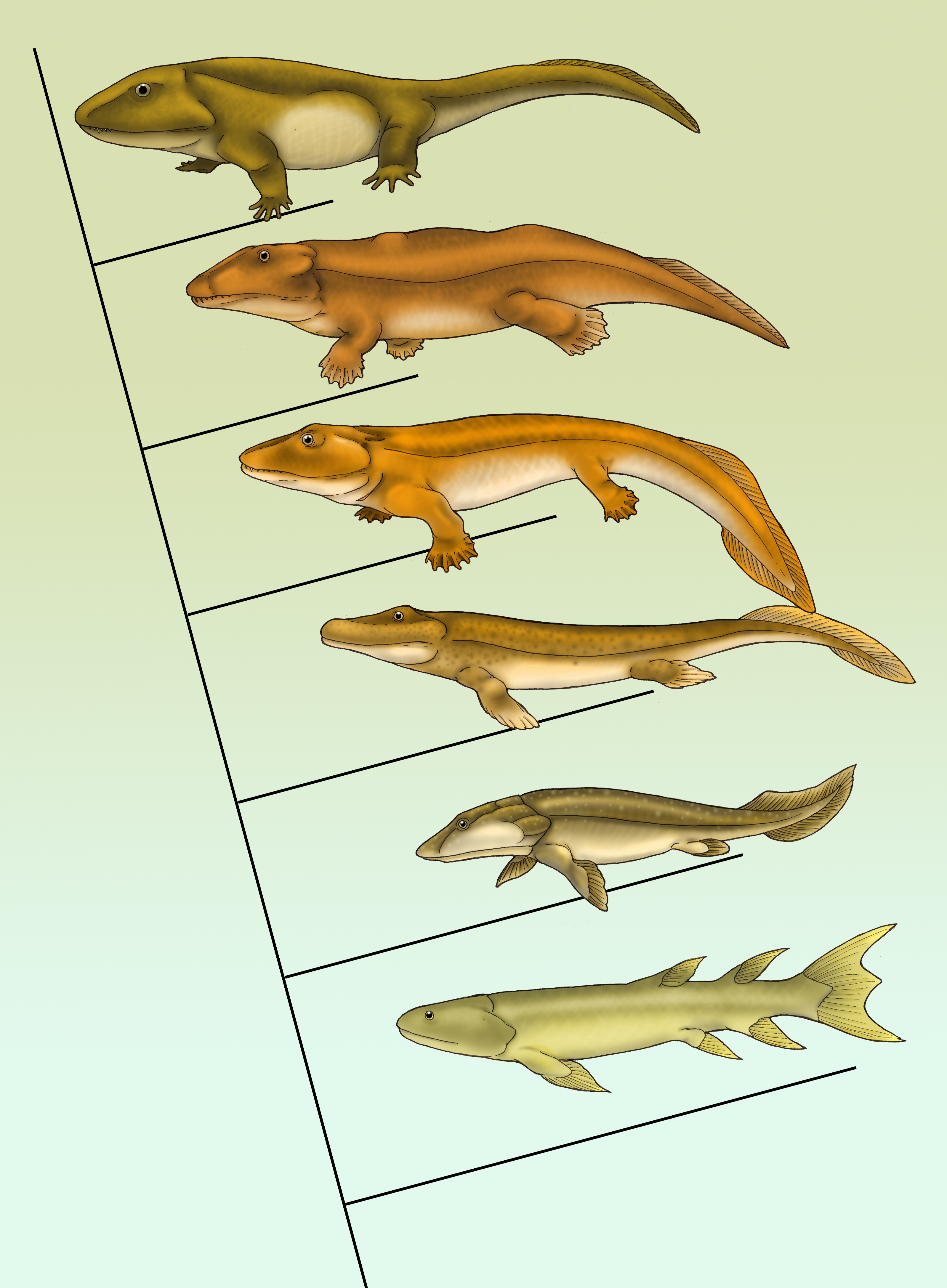Cladistics and Biological Classification | 10/29/18-11/2/18
Summary:
Cladograms are the type of diagram that scientists use to show how species are related. What the word "species" means in Latin is "kind." We name species through using organisms' binomial name. The two terms used for an organisms' binomial name are their species and genus. Cladograms can tell us certain traits of an organism and they can tell us which organisms are more closely related, and how those organisms are related. Cladograms can tell us about many different traits of certain organisms such as if they contain traits like if they are alive, eukaryotes, symmetrical, have backbones, are tetrapods, vertebrates, lay amniotic egg, hair, and are diapsids. Tetrapods are animals with four limbs and amniotic egg is an egg that can be laid on land due to the presence of a fluid-filled amniotic sac that cushions and protects the developing embryo. Diapsids are animals with two additional openings (besides the eyes and nostrils) on the side of the skull behind the eyes. Lastly, vertebrates are animals who have a backbone or spinal column.
 |
| Fishapod evolution by Maija Karala |
I engaged in argument from evidence this week in science when I used the ACE strategy (Answer, Cite, and Extend/Explain) when answering questions using cladograms. I first answered the question, I then cited where I found that information from the cladogram, and lastly I explained how the cladogram led me to the answer I got for the question. For example, two of the questions I answered was, "Who is the closest relative to the T-Rex?" and "Explain how using the cladogram helped you answer the question 'Who is the closest relative to the T-rex?.” For both of these questions I used the ACE strategy to display a strong answer that is backed up with evidence. I also used the ACE strategy when answering questions such as "how are lizards and birds are related?"
XCC-Cause and Effect:
The cause and effect relationship that I identified this week has to do with evolution (adaptations as well) and cladograms. The cause of this relationship is evolution and adaptations, the effect of this relationship is cladograms changing. Due to evolution and how organisms/species are constantly adapting and have been since the beginning of time, cladograms are being formed or being added on to. Cladograms are driven by evolution and adaptations. Without them (evolution and adaptations), cladograms would not exist due to how there would be no need for them. Also, do to the fact that evolution and adaptations are still occuring (and will continue to), cladograms will change over time with evolution as well. So the cause and effect relationship that I identified this week is between evolution (and adaptations) and cladograms where evolution is causing and creating (created as well) cladograms.
Comments
Post a Comment